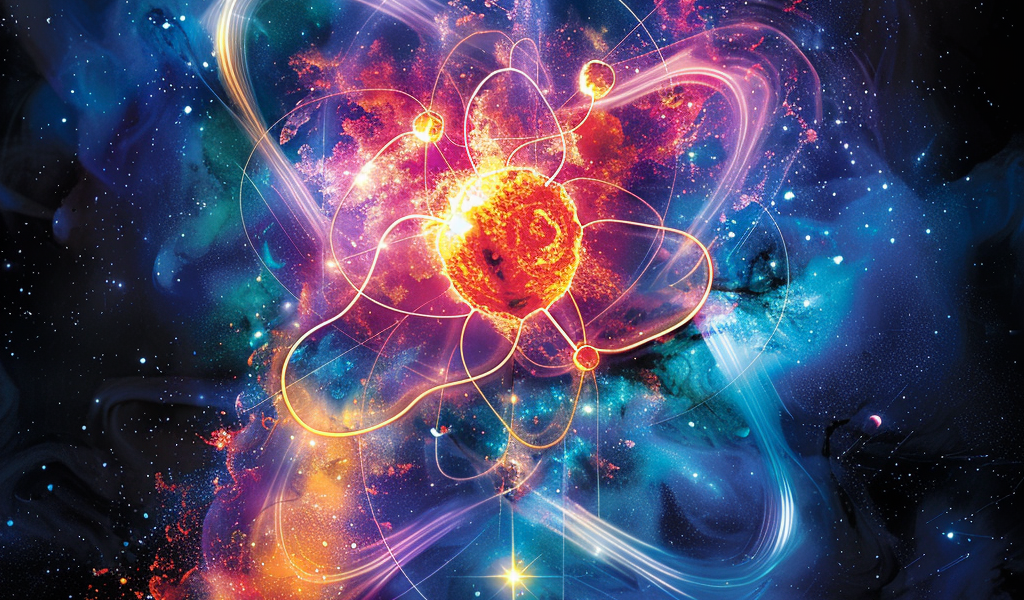Breakthrough in Superheavy Element Synthesis: Livermorium-290 Created
In a significant advancement in the field of nuclear physics, researchers at Lawrence Berkeley National Laboratory (LBNL) in California have successfully synthesized an isotope of the superheavy element livermorium, designated as livermorium-290 (Z = 116). This remarkable achievement was made possible through a novel fusion reaction involving a beam of titanium-50, marking a pivotal step toward the exploration of new chemical elements.
The quest to understand the origins of chemical elements and their relative abundance in the universe has long intrigued scientists. Key questions persist regarding the maximum number of protons and neutrons that can coexist within a single atomic nucleus, as well as the processes responsible for the creation of these elements. Traditionally, the synthesis of the heaviest elements has relied on bombarding high-atomic-number (high-Z) actinide targets with beams of calcium-48 (48Ca), an isotope known for its unique nuclear configuration characterized by both neutrons and protons being at “magic numbers.” However, this method has faced limitations, particularly in producing elements beyond oganesson (Z = 118).
The successful creation of livermorium-290 represents a breakthrough as it was achieved without the stringent requirement of utilizing doubly magic nuclei. This opens new avenues for the synthesis of elements that lie beyond the current known limits of the periodic table.
To understand the significance of this discovery, it is essential to consider the natural processes that lead to the formation of elements. On Earth and within our Solar System, uranium (Z = 92) stands as the heaviest naturally occurring element. The primary sites for the production of these elements are stars, which during their lifetimes can generate atomic nuclei up to iron (Z = 26) through fusion reactions. However, the creation of elements heavier than iron typically occurs during the explosive events at the end of a star’s life, such as supernovae or neutron-star mergers.
During these cataclysmic events, vast quantities of free neutrons are released, which can be captured by iron “seed nuclei.” This process, known as neutron capture, leads to subsequent beta decays where some of the neutrons are transformed into protons, effectively increasing the atomic number and resulting in the formation of elements up to uranium. The neutron-capture process is believed to have the potential to produce even heavier nuclei, although the exact mechanisms and pathways remain an area of active research.
The concept of the “island of stability” is particularly relevant to this discussion. This theoretical region of the periodic table is predicted to exist around the undiscovered element 120, where it is anticipated that certain superheavy elements will exhibit enhanced stability compared to their lighter counterparts. The synthesis of livermorium-290 is a vital step toward exploring this island of stability, as it may provide insights into the properties and behaviors of superheavy elements.
As researchers continue to investigate the synthesis of new elements, the implications of this work extend beyond mere curiosity. Understanding the properties of superheavy elements could lead to advancements in various fields, including materials science, nuclear physics, and even quantum computing. The exploration of these elusive elements could unlock new technologies and deepen our understanding of the fundamental forces that govern the universe.
In conclusion, the successful synthesis of livermorium-290 by the team at LBNL not only signifies a monumental achievement in the realm of nuclear physics but also paves the way for future discoveries that could reshape our understanding of the periodic table and the creation of elements in the universe.





